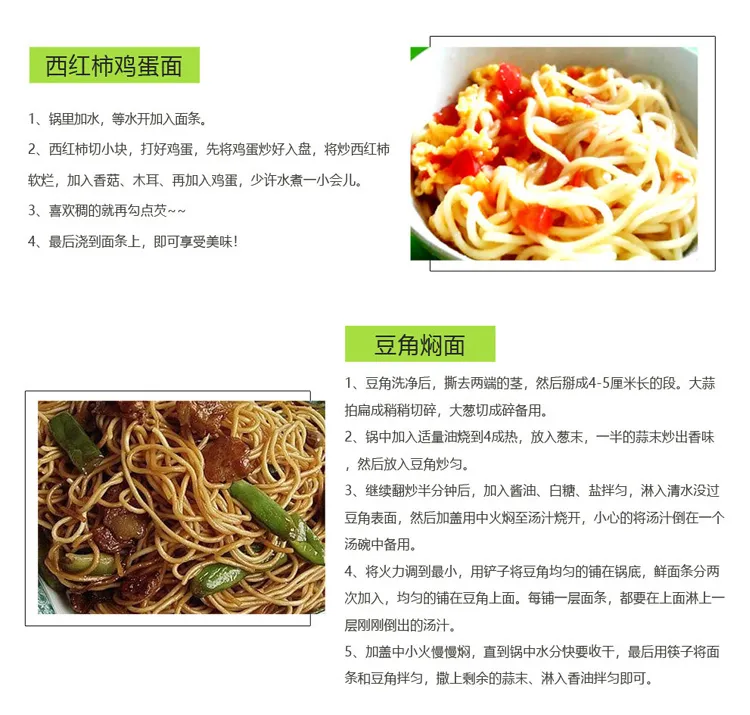Exploring the Ingredients and Benefits of Konjac Noodles for Healthier Eating Options
What Are Konjac Noodles Made Of?
In recent years, konjac noodles have gained significant popularity among health-conscious individuals and those following low-carb diets. Often referred to as shirataki noodles, these versatile noodles are celebrated for their unique texture and low-calorie content. However, many might wonder about their origins and ingredients—what exactly are konjac noodles made of?
Konjac noodles are derived from the konjac plant, scientifically known as Amorphophallus konjac. This plant is native to Southeast Asia, particularly Japan, where it has been cultivated for centuries. The konjac plant is often referred to as “devil’s tongue” or “elephant yam.” The main component of konjac is glucomannan, a plant-based polysaccharide that is the critical ingredient that gives konjac noodles their unique properties.
Glucomannan is a soluble dietary fiber, meaning that it dissolves in water and forms a gel-like substance. This characteristic is what contributes to the noodles’ signature texture they are chewy and resemble the consistency of traditional wheat noodles but are significantly lower in calories. In fact, a typical serving of konjac noodles contains less than 10 calories, making them an appealing alternative for those looking to reduce calorie intake without forgoing the enjoyment of noodles.
To make konjac noodles, the process begins with the konjac root. The root is harvested, cleaned, and then processed to extract the glucomannan. Once extracted, the glucomannan is mixed with water to create a gel-like substance. This gel is then shaped into noodle form, often using molds. After shaping, the noodles are typically cooked briefly and then packed in water or sealed in pouches to preserve their freshness. It’s important to note that konjac noodles are often sold in a liquid that needs to be drained and rinsed before consumption.
konjac noodles what are they made of

One of the key benefits of konjac noodles is their high fiber content. Glucomannan has been linked to various health benefits, including improved digestion, better blood sugar control, and even weight loss. The soluble fiber from konjac can help promote a feeling of fullness, which may aid in appetite control. Additionally, it can slow down the absorption of sugars and fats, contributing to healthier blood sugar levels.
It's worth mentioning that while konjac noodles are gluten-free and low in carbohydrates, they are not a complete substitute for traditional pasta in all recipes. Their unique texture and flavor may require adjustments in cooking methods and seasoning. Konjac noodles are best suited for stir-fries, soups, and salads, where they can soak up flavors and complement other ingredients.
Despite being an excellent addition to various dishes, individuals with certain digestive conditions should consume konjac noodles with caution. The high fiber content can be challenging for some people and may lead to gastrointestinal discomfort if consumed in large quantities. It’s always advisable to start with small servings and gradually increase intake while monitoring how one's body responds.
In conclusion, konjac noodles are a fascinating and healthy alternative to traditional noodles. Made primarily from the glucomannan extracted from the konjac plant, these noodles stand out due to their low-calorie count, high fiber content, and unique texture. They can be a wonderful addition to a balanced diet, especially for those wanting to enjoy noodle-based dishes without the additional calories. As with any food, it's essential to consider individual dietary needs and preferences when incorporating konjac noodles into meals. So, whether you're a seasoned health enthusiast or simply looking to try something new, konjac noodles offer an enticing option worth exploring.
-
Is Whole Wheat Pasta Healthy?NewsMay.30,2025
-
Are Soba Noodles Good for Weight Loss?NewsMay.30,2025
-
Are Buckwheat Soba Noodles Healthy?NewsMay.30,2025
-
Are Buckwheat Soba Noodles Gluten Free?NewsMay.30,2025
-
Are Buckwheat Noodles Good for You?NewsMay.30,2025
-
A Healthy Way to Savor Soba and Spicy FlavorsNewsMay.30,2025
-
What Are Lanzhou Noodles?NewsMay.30,2025
Browse qua the following product new the we

















































































































